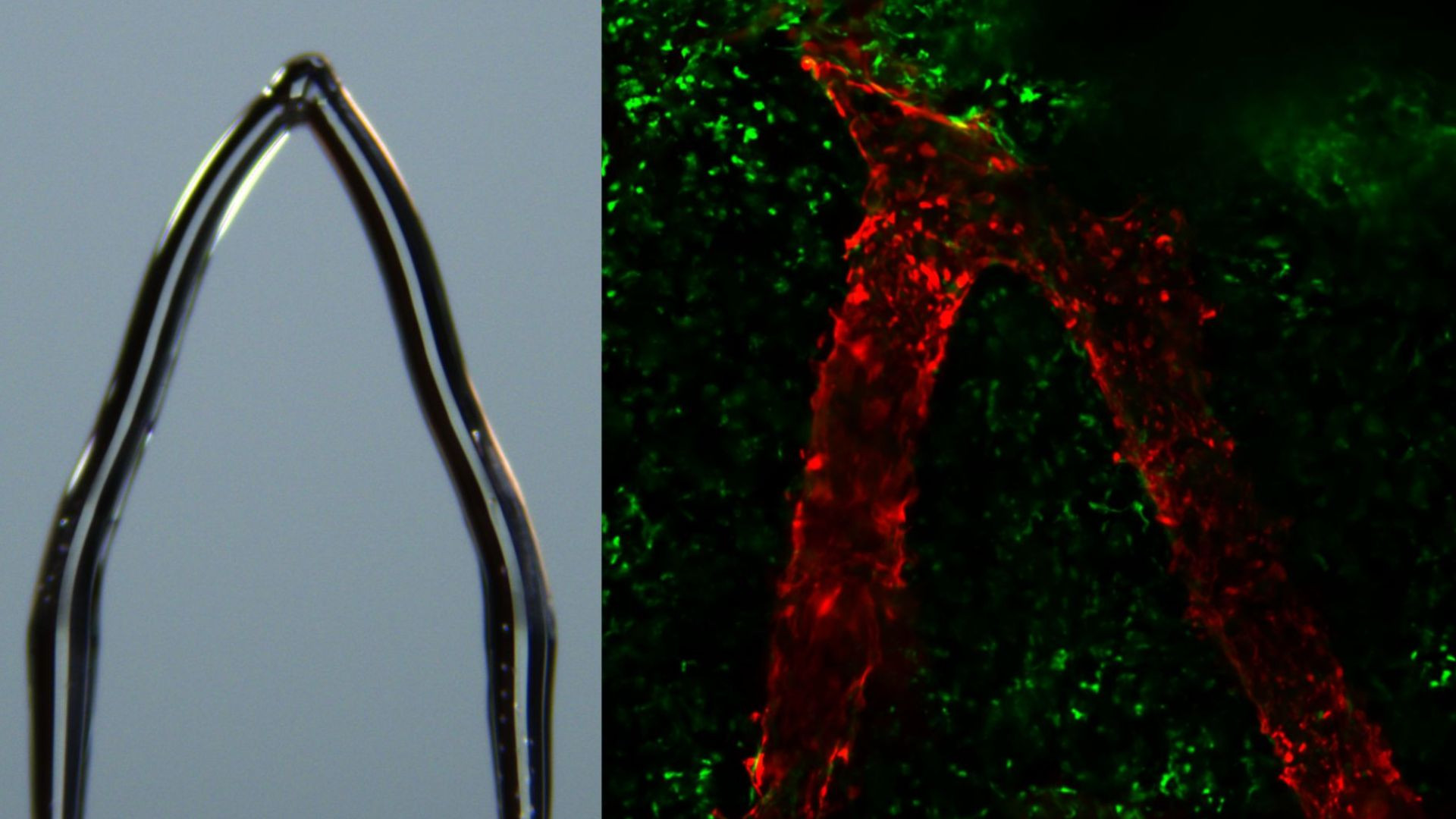By subscribing, you agree to our Terms of Use and Policies You may unsubscribe at any time.
In the United States, the shortage of available organs for transplantation remains a critical issue, with over 100,000 individuals currently on the waiting list. The demand for organs, including hearts, kidneys, and livers, significantly outweighs the available supply, leading to prolonged waiting times and often, devastating consequences.
It is estimated that approximately 6,000 Americans lose their lives while waiting for a suitable donor organ every year.
Researchers at Carnegie Mellon University have developed a novel tissue engineering technique that aims to potentially bridge the gap between organ demand and availability, offering a beacon of hope.
One of the major stumbling blocks in tissue engineering has been the challenge of creating artificial blood vessel networks that mirror the intricacies of natural ones, from tiny capillaries to larger arteries.
See Also RelatedAt the 68th Biophysical Society Annual Meeting in Philadelphia, Pennsylvania,— scheduled from February 10 to 14, 2024— a team of Carnegie Mellon researchers led by graduate student Feimo Yang under the guidance of Philip LeDuc and Burak Ozdoganlar will present a novel solution that promises to address conventional tissue printing difficulties.
The team researched the possibility of using 3D ice printing, a technique that stands apart from conventional 3D printing by adding a stream of water to a very cold surface during the printing process. “What makes our method different from other kinds of 3D printing is that instead of letting the water completely freeze while we’re printing, we let it maintain a liquid phase on top,” explained Yang in a statement.

Feimo Yang
“The continuous process, which is what we call freeform, helps us to get a very smooth structure. We don’t have a layering effect typical with many 3D printing,” Yang added. The researchers went a step further and incorporated heavy water into their process, which gives water a higher freezing point and ensures the creation of exceptionally smooth structures.
These 3D-printed ice templates, once embedded in a GelMA (gelatin material), serve as the foundation for realistic blood vessel channels. The gelatin hardens when exposed to UV light, melting the ice away and leaving behind intricate and lifelike blood vessel structures.
The implications of this far-reaching breakthrough extend beyond addressing the immediate organ transplant crisis. The researchers successfully demonstrated that endothelial cells, akin to those found in natural blood vessels, can be introduced into the fabricated blood vessels. Remarkably, these cells survived on the gelatin for up to two weeks. Additionally, the team hinted at the potential for extended cell culture in the future.
While organ transplants stand to benefit significantly from this innovative approach, Yang highlighted the versatility of these 3D-printed blood vessels. Beyond transplantation, these structures could also serve as invaluable tools for drug testing, allowing researchers to study the effects of drugs on blood vessels in a controlled environment.
Additionally, these artificial vessels could potentially be coated with a patient’s own cells, offering a personalized approach to understanding how individual cells respond to drug treatments before administering them to the patient.
